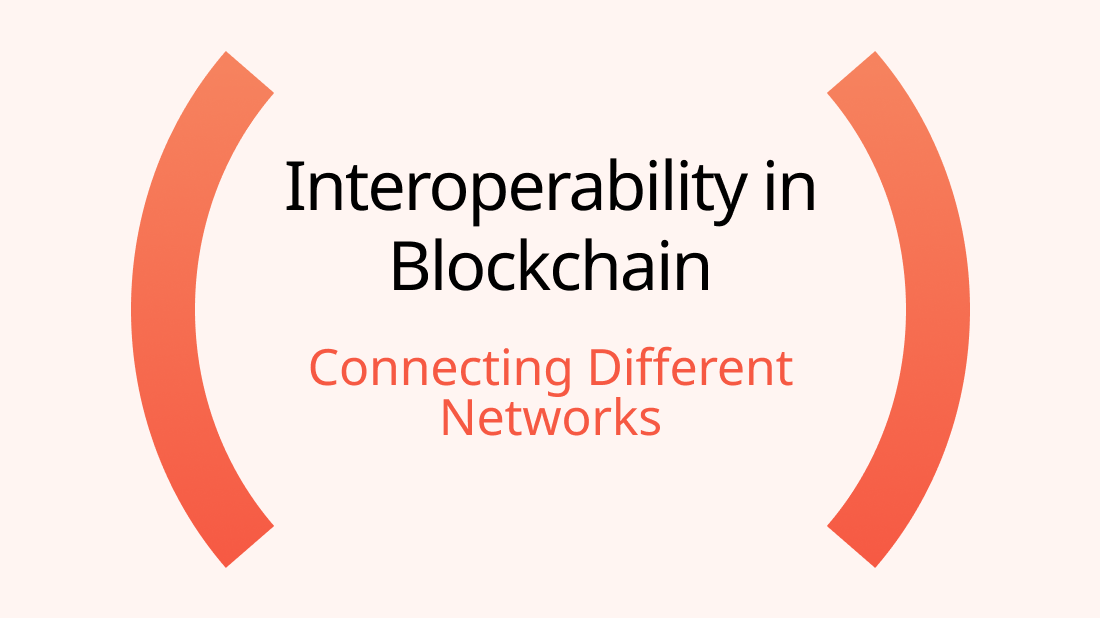Financial Education for Youth: Empowering the Next Generation

In an increasingly digital and complex economic landscape, financial education has become more crucial than ever. Equipping young people with essential financial skills and knowledge is not just a luxury but a necessity. By incorporating financial education into school curriculums and youth programs, we can empower the next generation to navigate the digital economy, including emerging areas like cryptocurrencies. This article explores the significance of financial education for youth, highlighting the benefits, key components, and innovative approaches to fostering financial literacy among young people.
The Importance of Financial Education for Youth
Building a Strong Foundation
Financial education for youth provides a strong foundation for making informed decisions about money management, saving, investing, and understanding the broader economic environment. Early exposure to financial concepts helps young people develop healthy financial habits that can last a lifetime.
Addressing the Knowledge Gap
Many young people enter adulthood without a basic understanding of personal finance, leading to poor financial decisions and increased vulnerability to debt and financial instability. Financial literacy programs aim to bridge this knowledge gap, ensuring that youth are better prepared to manage their finances effectively.
Preparing for the Digital Economy
The digital economy presents both opportunities and challenges. Cryptocurrencies, digital banking, and online investment platforms are becoming more prevalent. Educating young people about these technologies and how to use them responsibly is essential for their financial empowerment and safety.
Key Components of Effective Financial Education
Personal Finance Basics
An effective financial education program should cover the basics of personal finance, including budgeting, saving, and debt management. Students should learn how to create and maintain a budget, the importance of saving for emergencies, and the dangers of excessive debt.
Investing and Wealth Building
Teaching young people about investing and wealth-building strategies can help them grow their assets over time. Topics such as the stock market, bonds, mutual funds, and real estate should be included. Introducing the concept of compound interest and the benefits of starting to invest early can be particularly impactful.
Understanding Credit
Credit is a critical component of the financial system. Students should learn about credit scores, how they are calculated, and how to maintain good credit. Understanding the implications of credit cards, loans, and interest rates can prevent young people from falling into debt traps.
Digital Skills for Students
Incorporating lessons on digital finance, including cryptocurrencies, online banking, and digital payment systems, is essential. Students should learn about the benefits and risks associated with digital finance, as well as best practices for cybersecurity and protecting their financial information online.
Innovative Approaches to Financial Education
Interactive Learning Tools
Using interactive tools such as financial literacy apps, online simulations, and games can make learning about finance engaging and practical. These tools allow students to practice financial decision-making in a safe and controlled environment, reinforcing their understanding through experience.
Real-World Applications
Connecting financial education to real-world applications can enhance its relevance and impact. For example, involving students in projects like starting a small business, managing a classroom economy, or participating in investment clubs can provide hands-on experience with financial concepts.
Partnerships with Financial Institutions
Collaborating with banks, credit unions, and other financial institutions can provide students with valuable resources and insights. Guest speakers, workshops, and field trips to financial institutions can deepen students' understanding and expose them to various career opportunities in finance.
Incorporating Financial Education into Standard Curriculums
Integrating financial education into existing subjects such as mathematics, social studies, and economics can make it more accessible. For instance, math lessons can include practical problems related to budgeting and investing, while social studies can explore the role of finance in society.
Case Studies: Successful Financial Literacy Programs
Junior Achievement
Junior Achievement (JA) is a global organization dedicated to educating students about entrepreneurship, work readiness, and financial literacy. JA programs are delivered by volunteers and educators and cover a range of topics from personal finance to business ethics. The hands-on approach and real-world relevance make JA a leading example of effective financial education.
MyBnk
MyBnk is a UK-based charity that provides financial education workshops for young people. Their programs cover topics such as budgeting, saving, and managing credit. MyBnk uses interactive activities and real-life scenarios to make learning engaging and practical. Their impact has been significant, with many participants reporting improved financial confidence and decision-making skills.
The Stock Market Game
The Stock Market Game is an online simulation that allows students to invest virtual money in real stocks, providing a hands-on learning experience about the stock market and investing. Used by schools across the United States, this program helps students understand the dynamics of the stock market and the importance of research and strategy in investing.
Conclusion
Financial education for youth is an investment in the future. By equipping young people with the knowledge and skills needed to navigate the financial landscape, we can empower them to make informed decisions, build wealth, and contribute to a stable and prosperous economy. Incorporating financial literacy into school curriculums and youth programs is essential for fostering financial inclusion and resilience in the digital age.
Call to Action
Educators, policymakers, and financial institutions must collaborate to develop and implement comprehensive financial education programs that reach all young people, regardless of their background. By doing so, we can ensure that the next generation is well-prepared to face the financial challenges and opportunities of the future.
By fostering financial literacy, we are not just teaching young people about money; we are empowering them to take control of their financial futures and build a more equitable and prosperous society for all.












